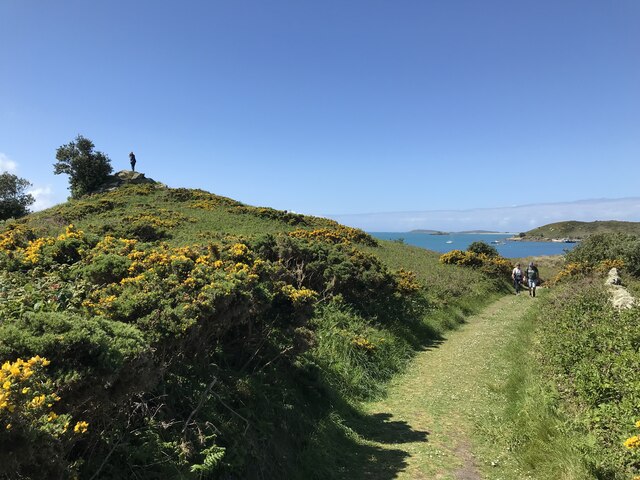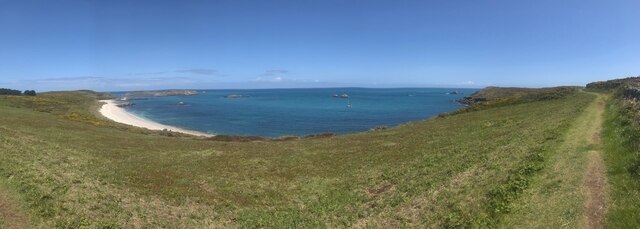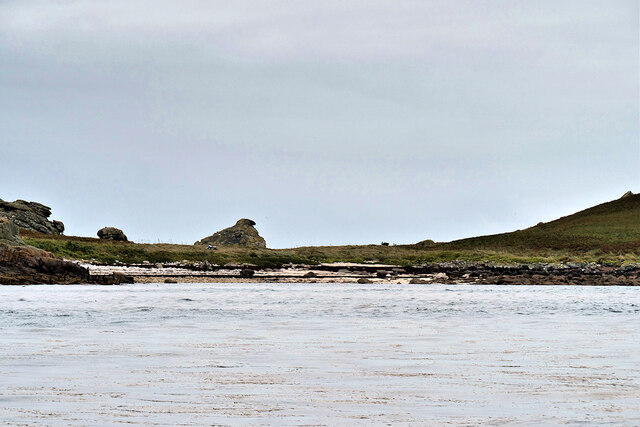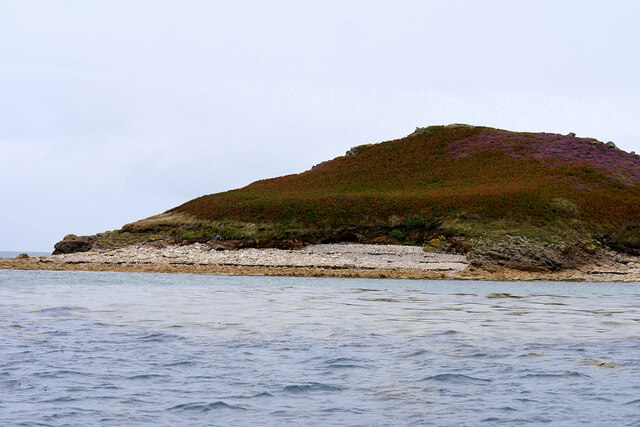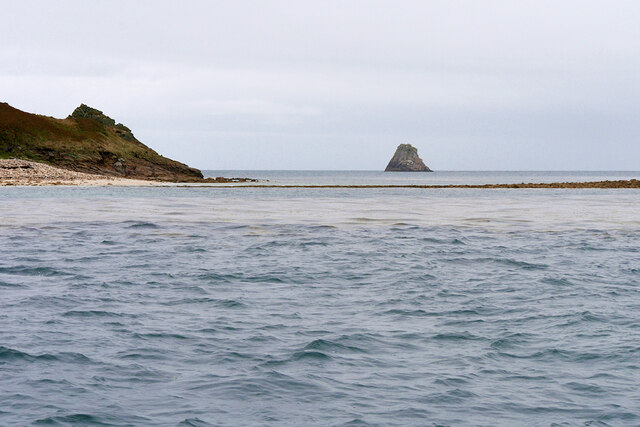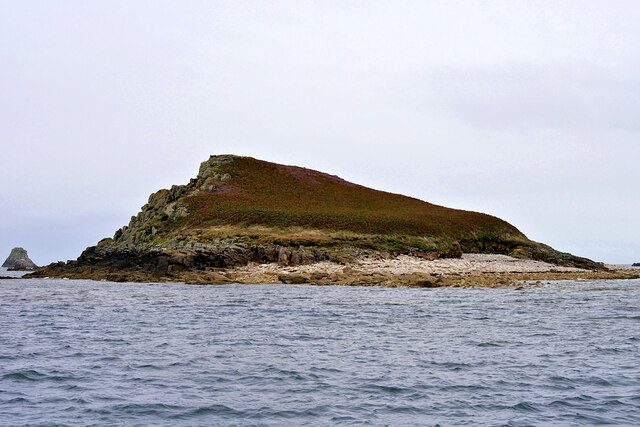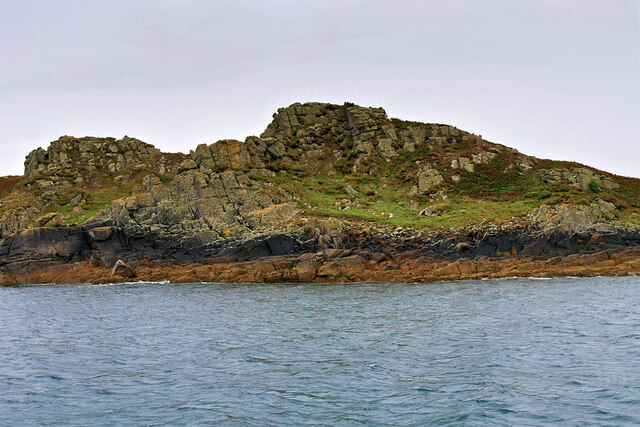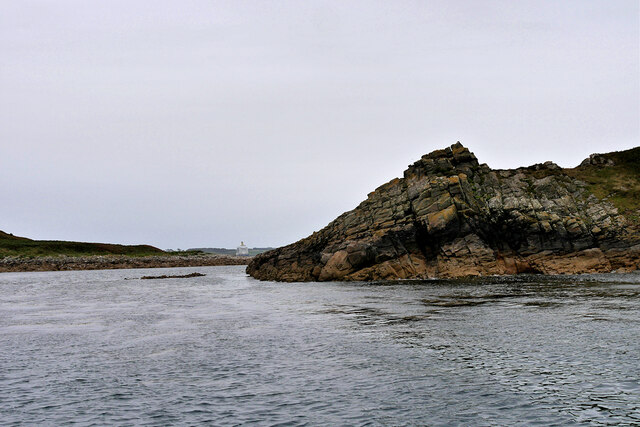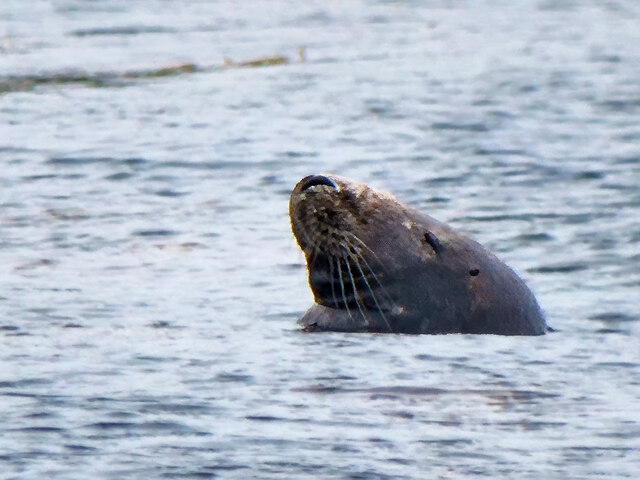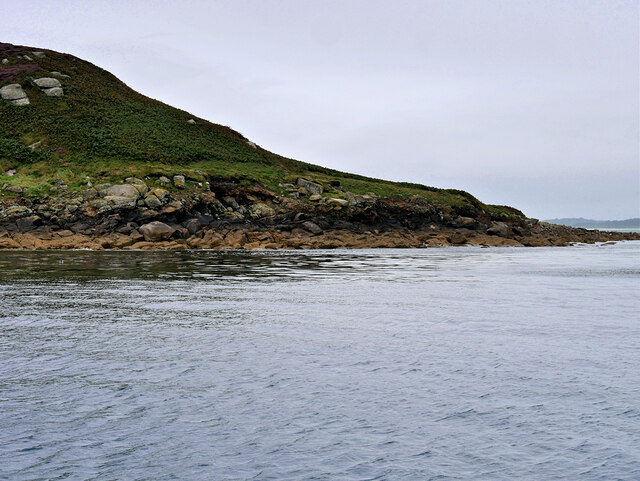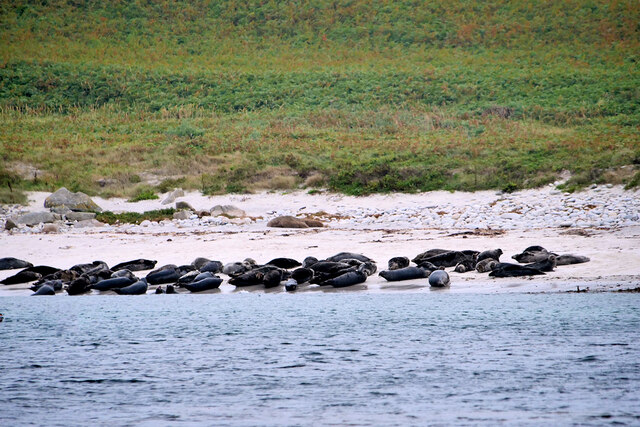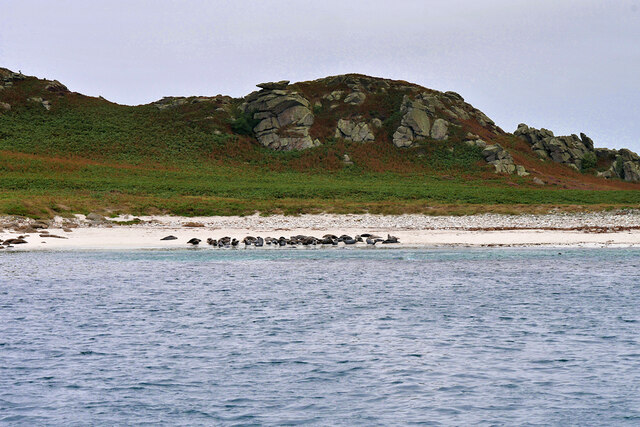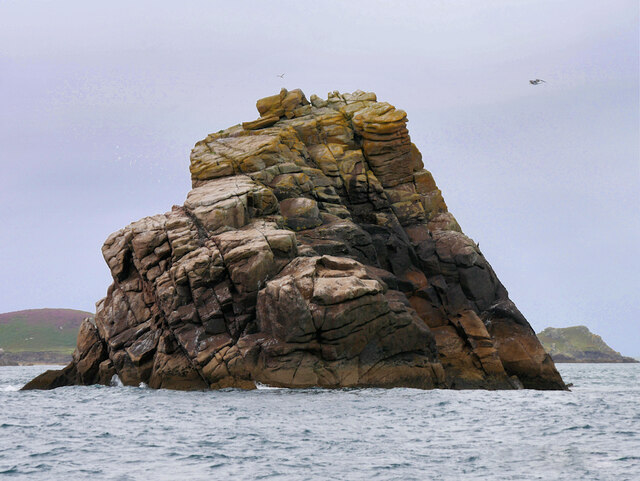South Chapel
Coastal Feature, Headland, Point in Cornwall
England
South Chapel
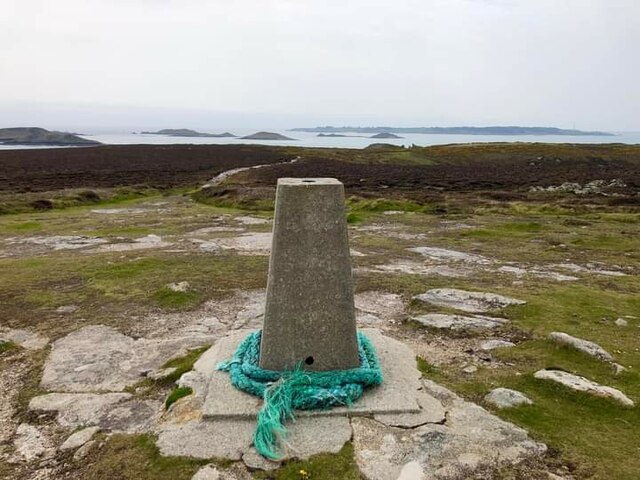
South Chapel is a stunning coastal feature located in Cornwall, England. Situated on the southernmost tip of the county, it is a prominent headland that extends into the Atlantic Ocean. This picturesque point offers breathtaking views of the surrounding landscape, making it a popular destination for tourists and locals alike.
The South Chapel headland is characterized by dramatic cliffs that rise majestically from the sea. These cliffs are composed of rugged granite, which has been shaped and carved by the powerful forces of wind and waves over countless years. The result is a striking and varied coastline, with sheer cliffs, hidden coves, and rocky outcrops.
The headland is also known for its unique geological formations, including several sea stacks that have been formed by the relentless erosion of the cliffs. These towering rock formations jut out of the ocean, creating a dramatic and otherworldly sight.
In addition to its natural beauty, South Chapel is also steeped in history. The headland is home to the ruins of a medieval chapel, which is believed to have been built in the 13th century. The chapel's remains serve as a reminder of Cornwall's rich heritage and offer visitors a glimpse into the region's past.
South Chapel is a haven for wildlife, with its cliffs providing nesting sites for numerous bird species, including fulmars and kittiwakes. It is also a popular spot for birdwatching, as migrating seabirds can often be spotted passing through during certain times of the year.
Overall, South Chapel is a captivating coastal feature that showcases the beauty and diversity of Cornwall's rugged coastline. With its breathtaking views, historical significance, and abundant wildlife, it is a must-visit destination for nature enthusiasts and history buffs alike.
If you have any feedback on the listing, please let us know in the comments section below.
South Chapel Images
Images are sourced within 2km of 49.966308/-6.260552 or Grid Reference SV9416. Thanks to Geograph Open Source API. All images are credited.
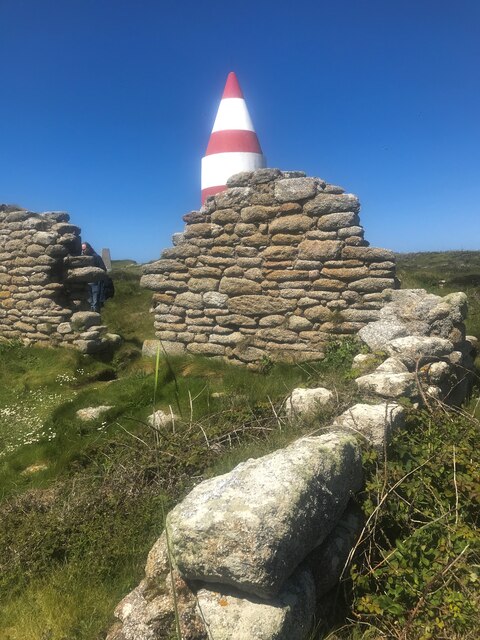
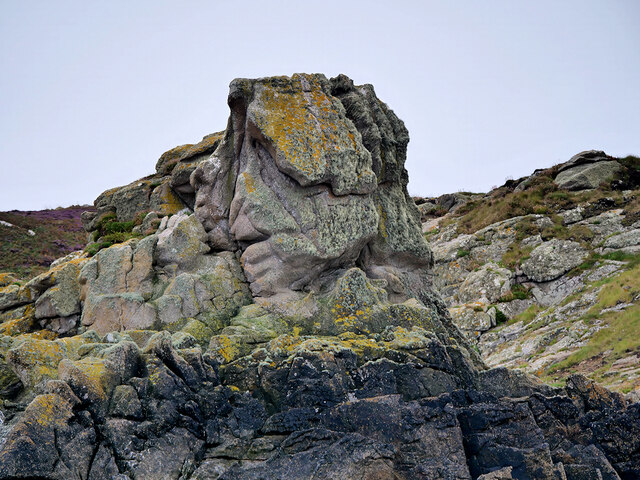
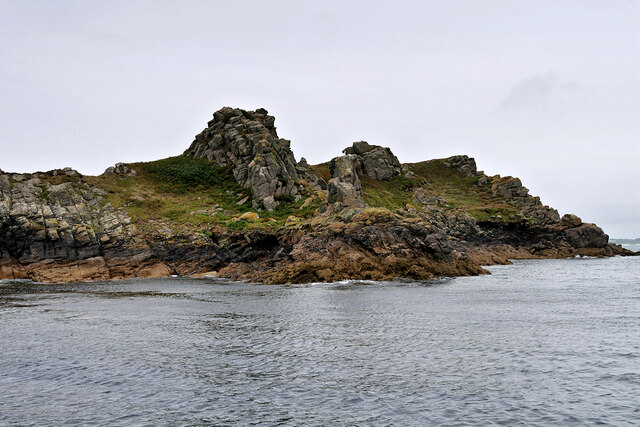
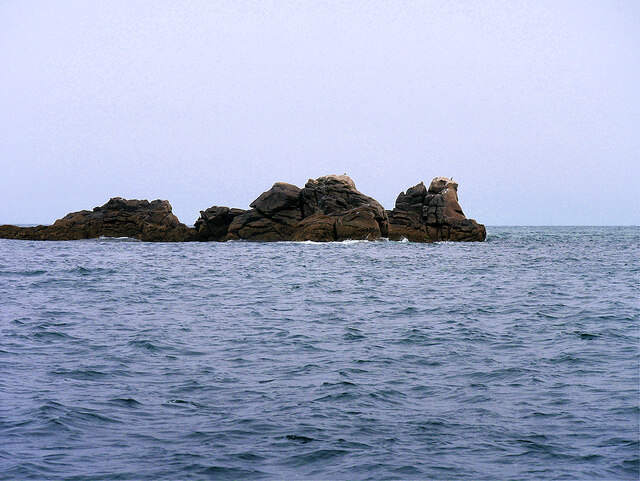
South Chapel is located at Grid Ref: SV9416 (Lat: 49.966308, Lng: -6.260552)
Division: Isles of Scilly
Unitary Authority: Isles of Scilly
Police Authority: Devon and Cornwall
What 3 Words
///investor.justifies.kneeled. Near St Martin's, Isles of Scilly
Nearby Locations
Related Wikis
PS Earl of Arran (1860)
PS Earl of Arran was a passenger vessel operated by the Ardrossan Steamboat Company from 1860 to 1871 and the West Cornwall Steam Ship Company from 1871...
Great Ganilly
Great Ganilly ( gə-NIL-ee; Cornish: Goonhyli Veur, lit. 'great saltwater downs') is one of the Eastern Isles of the Isles of Scilly. It has a maximum total...
Eastern Isles
The Eastern Isles (Cornish: Enesow Goonhyli, islands of the salt water downs) are a group of twelve small uninhabited islands within the Isles of Scilly...
Higher Town, Isles of Scilly
Higher Town (Cornish: Trewartha) is the easternmost and largest settlement on the island of St Martin's in the Isles of Scilly, England. It is situated...
Related Videos
St Martins - Isles of Scilly BEAUTIFUL
St Martins - Isles of Scilly BEAUTIFUL Filmed and Edited by Paul Dinning - Wildlife in Cornwall Original Music Written and ...
St Martins - Scilly Isles - A 4K video tour
St Martin's is the most northeasterly and third largest of the main Scilly Isles. In this short video I take a walk more or less from end ...
Whelmed: The One with St Martin's
My day trip to St Martin's on the Isles of Scilly in England.
Par Beach, St Martin's
Par Beach, also known as Higher Town Bay and Higher Town Beach, is a beautiful beach on the island of St Martin's, Isles of ...
Nearby Amenities
Located within 500m of 49.966308,-6.260552Have you been to South Chapel?
Leave your review of South Chapel below (or comments, questions and feedback).
